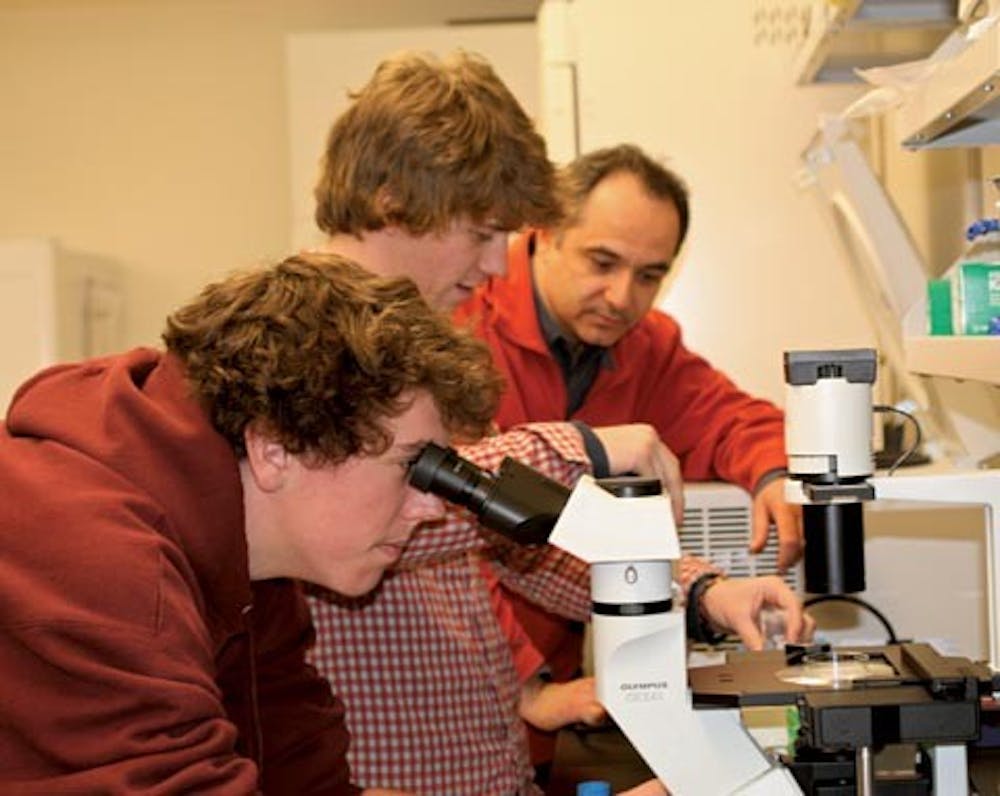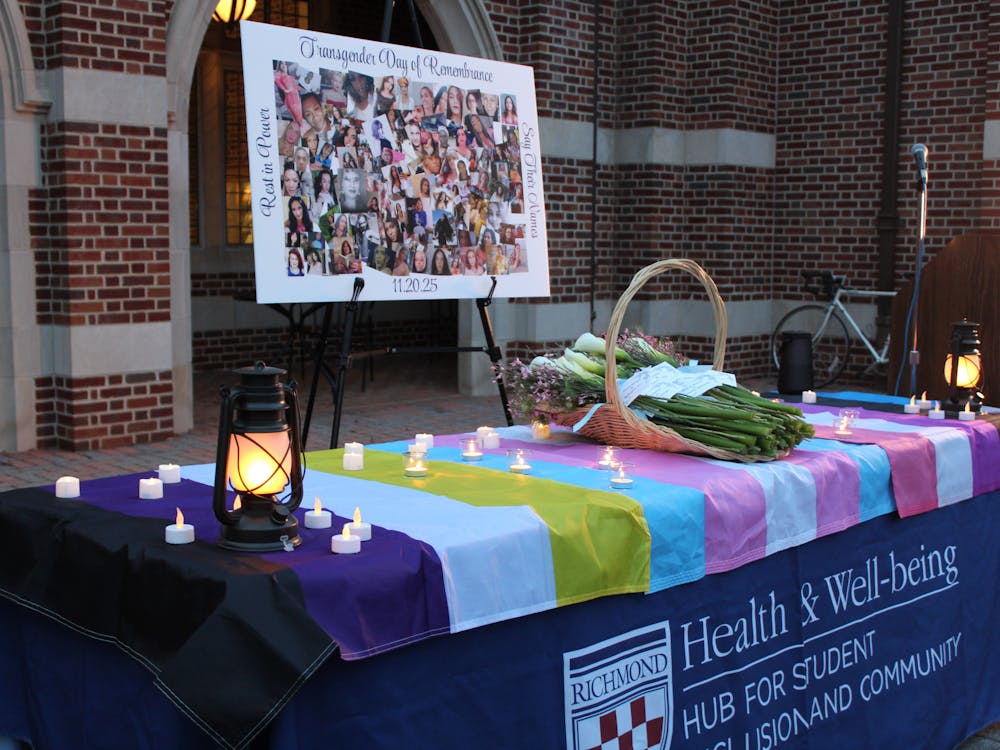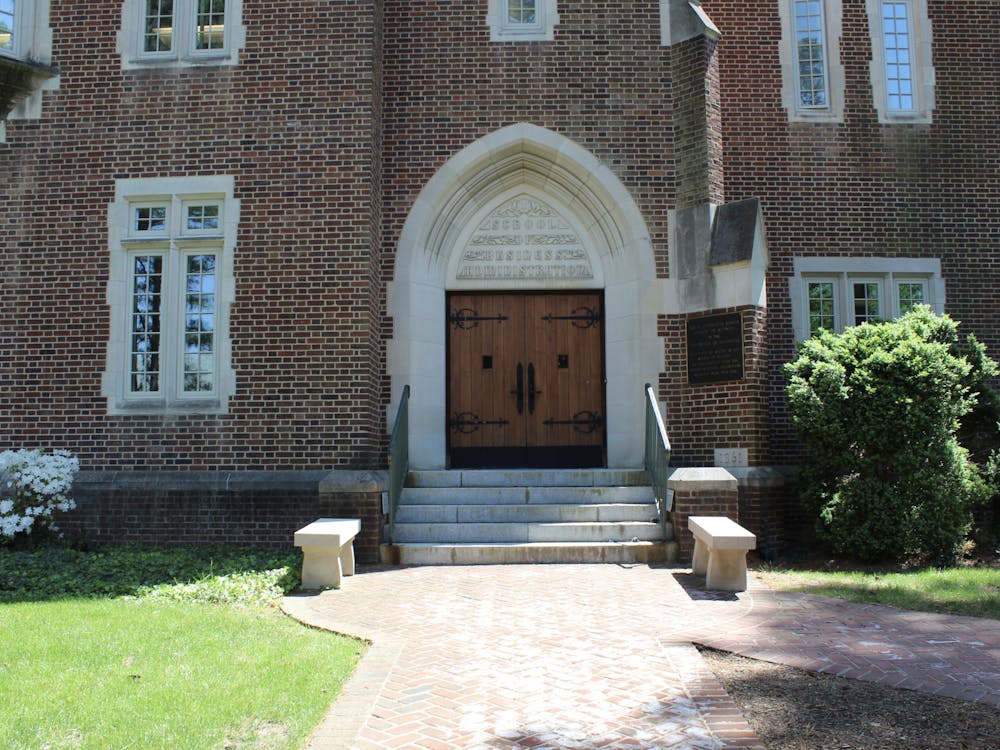Whether cells really work like mathematical machines is the philosophical question a physics professor has been investigating.
"Is math a necessity?" asked physics professor Ovidiu Lipan, who said he had loved mathematics all his life. "Mathematics in nature can show beauty.
"Should we express nature in terms of mathematics? Should we trust Galileo that nature is written in a mathematical language?"
Lipan has focused his research on connecting experimental facts with quantitative laws about gene interactions in systems biology, he said. Lipan uses a theoretical approach using random processes to understand the signal propagation in genetic networks, he said.
Lipan became interested in causality when he was in college, he said. He compares the interaction of molecules inside a cell to that of characters in a Shakespearian play who follow a script.
"There's a beauty in Shakespearian play," he said. For instance, molecule A could be Romeo and molecule B could be Juliet, he said.
The experimental wet lab procedure involves a heat shock system. When a cell is under stress, it responds to the stress, he said. Lipan uses mammalian cells, specifically Chinese hamster ovary cells, to conduct one of his experiments.
The experiment involves increasing the temperature in a water bath to see how the cell will respond, Lipan said. For instance, if he increases the temperature of the water bath from 37 degrees Celsius to 43 degrees Celsius, the proteins will not function, he said.
Juniors Nate Mason, a physics major, and Oliver Kazenga, a computer science major, have conducted experiments with the mammalian cells.
These experiments build mathematical models to explain how proteins are produced, Mason said. Increasing the temperature of the cells causes a reaction in them, which produces proteins, he said.
Enjoy what you're reading?
Signup for our newsletter
To monitor how many proteins are produced over a certain period of time, the researchers take samples over 24 to 27 hours, and at each time period they record how many proteins have been produced.
They use these numbers to fill in a proteins vs. time graph, which they use to build a mathematical model in order to explain what's going on, he said.
"With that model, we can look at different experiments," he said. "If we raise the temperature a little higher, it allows us to predict how a protein will be produced."
Cells respond to heat dramatically since they are so small, Kazenga said. But researchers can use their graphs to make other predictions, he said.
Another student of Lipan's, sophomore Adam Hake, ran experiments with bacteria last summer. Hake said he planned and conducted experiments with E. coli that have an engineered gene in it.
It's the same idea, Lipan said.
"The main question is if cells speak mathematics, in both cases," he said.
Hake took periodic samples of the E. coli and analyzed them. He and Lipan found that the engineered gene gave off florescence like that of a jellyfish, he said. When researchers put in different levels of iron, it reacted differently, he said.
Hake and Lipan measured how much fluorescence was given off with the intent of eventually building off a model from that, Hake said.
"In the bigger picture, we're trying to figure out this system as a whole, how a gene functions, in order to build a mathematical model off of that," he said.
Researchers can control the input, such as iron, and they can record the output, which is fluorescence, Hake said. They're trying to figure out what happens inside the circuit, so that they can build a mathematical model to explain it, he said.
We're still trying to figure out all the different parameters of what affects a gene, Mason said.
"Lipan really wants you to learn," he said. "He's really relaxed, so it's not a high-stress atmosphere. It's productive, yet relaxed."
Lipan has always believed that cells worked like a mathematical machine, he said. It just so happens that biology follows mathematical guidelines, he said, making biology an appealing basis for his research.
"If you go deep into physics and think about electrons, you will see that they care about mathematics," he said.
Everything is made of molecules, he said. Cells have to function to keep in balance, he said.
"How would all of these functions keep in balance unless there are check points?" he asked. "Biology is like mathematics in that it is elegant. Biology follows certain guidelines, and the more we look into it, the more we can confirm what they are."
Lipan's knowledge of both biology and physics is vast and varied, Mason said.
"He's a physicist, a mathematician," he said.
He gives a lot of freedom and actually takes into account what you say, Mason said.
"He lets you come up with experiments," Mason said. "We present what we want to do to him. We're restricted to the research that he wants to do, but we're given freedom within that range."
Kazenga agreed.
"He will let you come up with ideas," he said. "He'll always be optimistic and try it out."
Contact reporter Taylor Engelson at taylor.engelson@richmond.edu
Support independent student media
You can make a tax-deductible donation by clicking the button below, which takes you to our secure PayPal account. The page is set up to receive contributions in whatever amount you designate. We look forward to using the money we raise to further our mission of providing honest and accurate information to students, faculty, staff, alumni and others in the general public.
Donate Now



